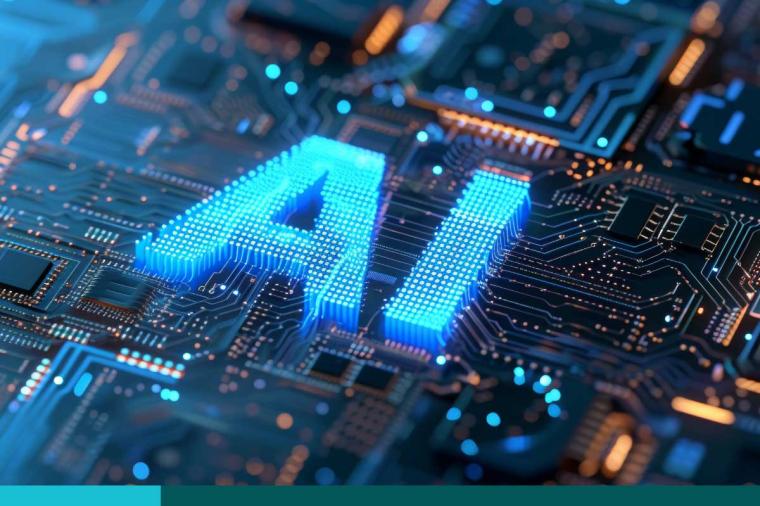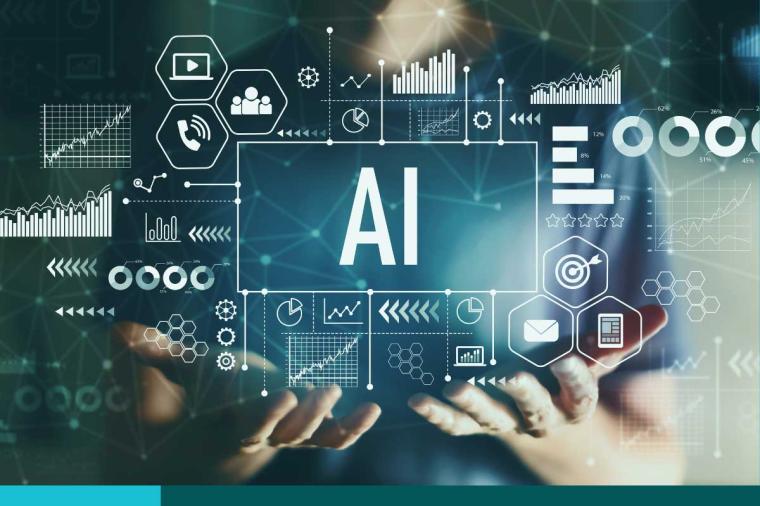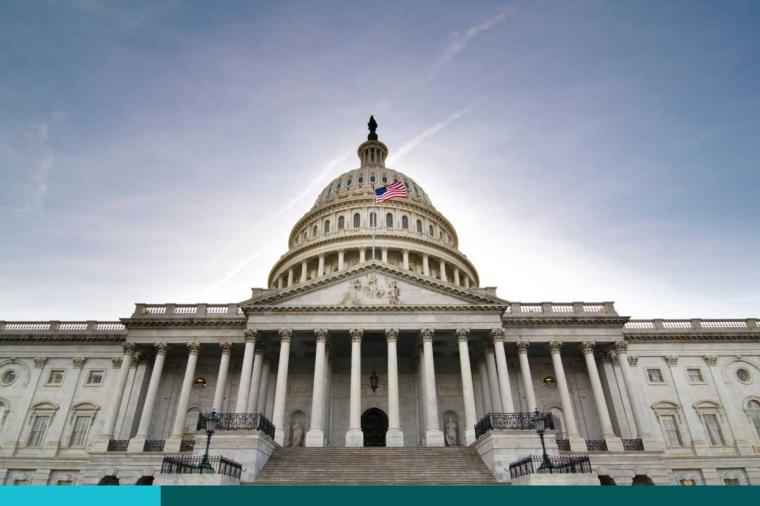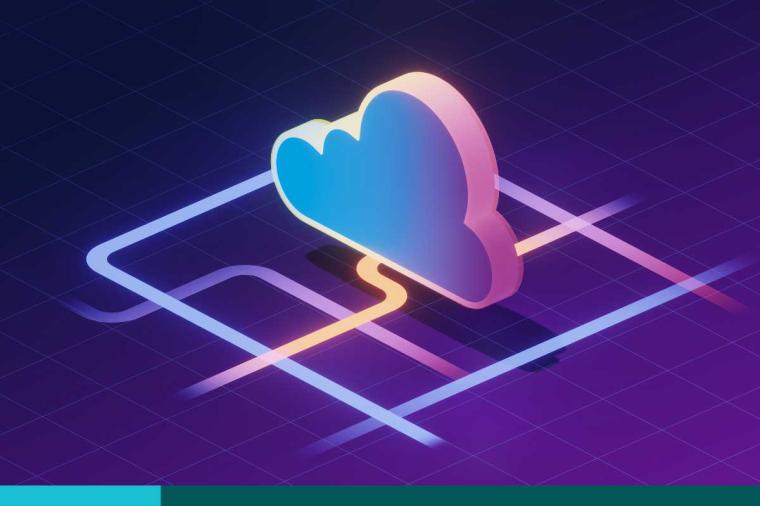Smart Cities Need Smart Solutions
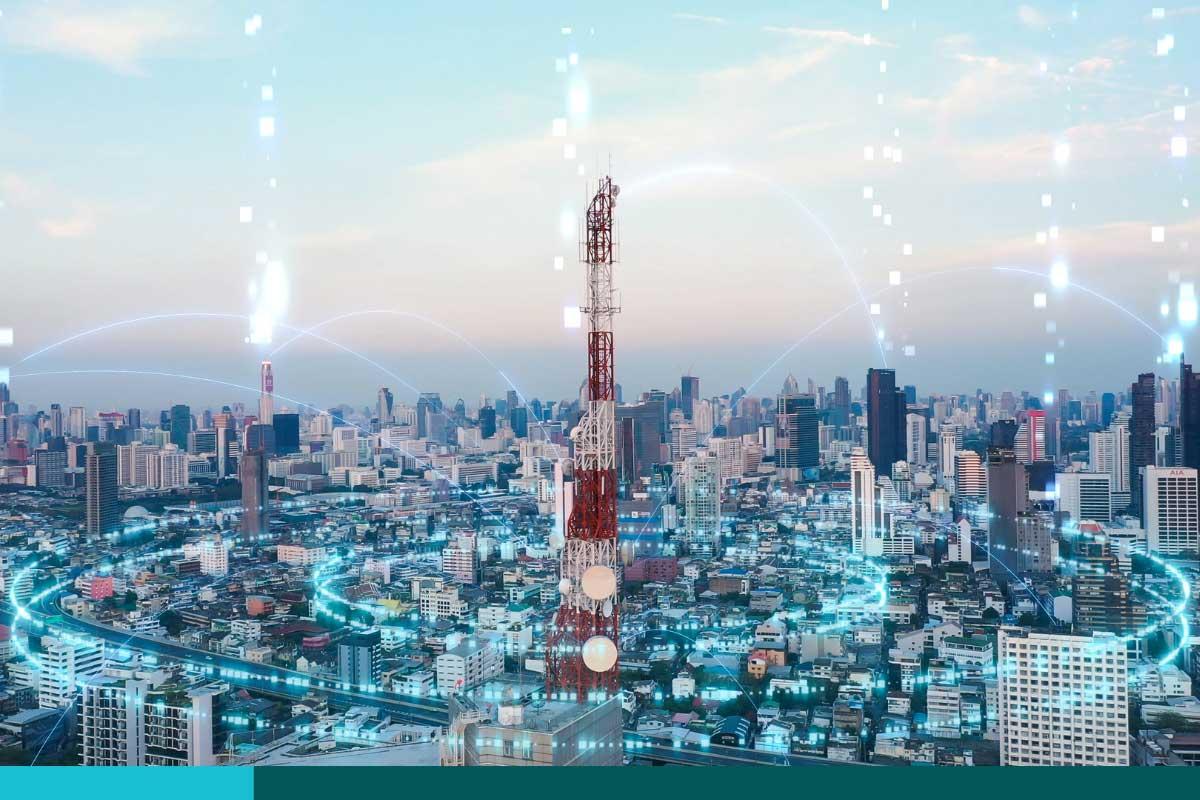
Welcome to 2023 — an era of modernization where public sector information technology (IT) market growth is dominated by technologies that can create operational efficiencies and enhance the delivery of citizen-facing services. IT leaders are approaching municipality and jurisdictional operations from the lens of optimization, and there is only room for "smart" solutions. Insert “smart city” technology—an umbrella term coined in the mid to late nineteenth century in the world of urban planning, now housing an array of technologies that enhance the delivery of government services and bolster community equity and prosperity. The emergence of modern smart city initiatives has paved the way for the adoption of technologies that encourage resiliency, sustainability, connectivity, security, and equity.
Smart Cities emphasize the use of information communication technologies (ICT), connectivity, and data. Today’s smart city market is expected to experience continued increased growth over the next decade and could be a nearly $700 billion market in that time, according to research firm IDTechEx, driving demand for supporting technology tools and solutions. Technologies contributing to smart city growth are those that create efficiencies and eliminate obstacles, such as big data and analytics, software that can provide real-time monitorization, Internet of Things (IoT) devices (such as smart waste management and intelligent traffic systems), digital sensor-based technologies, cloud computing platforms, 5G, and artificial intelligence. These technologies provide government officials with accurate data on their communities, allowing them to tailor services to fit specific needs and alleviate challenges, enhancing overall quality of life for residents. State, local and education (SLED) customers will be looking for messaging that prioritizes enhancing service and resource delivery, creating efficiencies, as well as implementing technologies that demonstrate these capabilities.
Smart city initiatives within the SLED market are spanning across all jurisdictions by addressing vertical-specific challenges within public health, utilities, environmental, transportation, public safety and more. For example, the installation of smart streetlights that utilize cameras and sensor-based technology can deploy real-time weather monitorization capabilities. In a similar application, smart transportation includes things like traffic signal control systems, smart pedestrian safety solutions, and smart corridors. SLED customers aligned with this vertical will be looking for technologies that utilize wireless communication, location-based services, cloud computing and other tools that boost mobility. They’ll be looking to the vendor community to provide solutions that collect and analyze data more efficiently, enhance connecting capabilities, and help deliver services faster.
"Smart energy" is a way to use energy more efficiently in cities. It is becoming more important because governments are making laws to promote sustainable living. This means cities need to be "smart" and use energy wisely to help the environment. Smart energy designs employ smart electricity, whereby thermal and gas grids work together with storage technologies to pinpoint linkages that optimize the energy system’s capabilities. Smart energy technology grants households and businesses the opportunity to use energy more efficiently, limiting the need to rely on additional power stations while reducing costs and becoming more environmentally friendly. Furthermore, the deployment of smart-energy technologies can help SLED customers reach their carbon footprint reduction goals. Requirements will emphasize IoT technologies for real-time data analysis, sensors, networks, data and analytics tools, cloud services, software for real-time monitorization, and artificial intelligence/machine learning (AI/ML) solutions.
State and local governments see smart city technology as a tool for helping cities become more equitable, by deploying technology that can bridge the gaps in accessibility and inclusivity. Over the next few years, SLED customers will continue to prioritize community equity and accessibility for all and will be looking for innovative ways to utilize technology to help meet these goals. For instance, media networks targeting elderly care and public health can help ensure that all residents have equal access to critical messaging and healthcare options. Lower-income cities may also benefit from the implementation of smart cities, by bolstering their overall digital infrastructure and tailoring services to fit individualized needs. SLED customers will benefit from solutions that help enhance data-sharing and analysis capabilities, networking, artificial intelligence to create operational efficiencies, and IoT solutions. Choosing messaging that bridges the gaps between technology and community equity will be key to successful acquisitions.
The implementation of smart cities also poses potential security risks, which make it more important to address security-related concerns throughout all phases of development and implementation. Cyberattacks such as ransomware can affect smart cities by temporarily shutting down all operations and creating considerable damage. Shoring up cybersecurity resources will be critical within this emerging sector, and SLED customers will be looking for solutions that enhance overall resilience. We can expect demand for tools and solutions that complement the digital transformation and bake in security measures throughout, such as encryption, continuous endpoint detection, ensuring proper backup systems are in place, firewall protections, continuous vulnerability testing, making sure operating systems are up to date, and cloud-based solutions that can improve security and transparency.
As the public sector continues its modernization efforts, the adoption of smart cities is expected to experience substantial growth, and SLED customers will be implementing government-wide initiatives that focus on sustainability, security, equity, and efficiency. Today’s world will continue to encourage the U.S. public sector to become more innovative in practice, rewarding states and localities that have fully embraced modernization. Over the next decade, acquisitions will be tailored to technologies that complement these efforts.
To get more TD SYNNEX Public Sector Market Insight content, please visit our Market Intelligence microsite.
About the Author:
Yvonne Maffia is the senior analyst on the TD SYNNEX Public Sector Market Insights team covering State and Local trends across the Public Sector.
